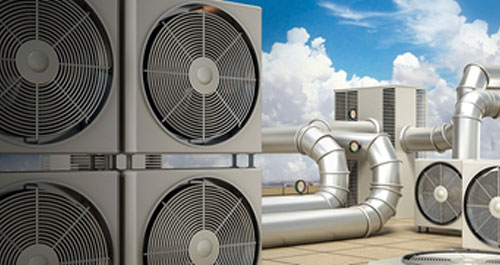- Karbala, P.O. Narendrapur, Kolkata – 700 103
- info@cadillacfilter.com
HVAC

Heating, ventilation, and air conditioning is the technology of indoor and vehicular environmental comfort. Its goal is to provide thermal comfort and acceptable indoor air quality.
This system is responsible for heating and cooling your home and includes products like furnaces, air conditioners, heat pumps as well as ductwork, thermostats and other home comfort controls.
Air flow problems have plagued the HVAC industry for years. No matter how much money you spend on a high-quality HVAC system, the equipment won’t work at its best without properly designed and installed ductwork. Ducts that are not well designed result in discomfort, high energy costs, bad air quality, and increased noise levels. A well-designed ductwork system should deliver maximum interior comfort at the lowest operating cost while also preserving indoor air quality. The chief requirements of an air conditioning duct system are: 1. It should convey specified rates of air flow to prescribed locations. 2. It should be economical in combined initial cost, fan operating cost and cost of building space. 3. It should not transmit or generate objectionable noise. A primary issue is the trade off between the initial cost of the duct system and the energy cost of the air distribution system. Larger ducts require a larger initial investment, but result in lower fan energy costs over the life of the system. Other issues include space restrictions, noise level, capacity for expansion, appearance, etc. This course will discuss the basic fundamentals and principles of air conditioning duct design and layout.

